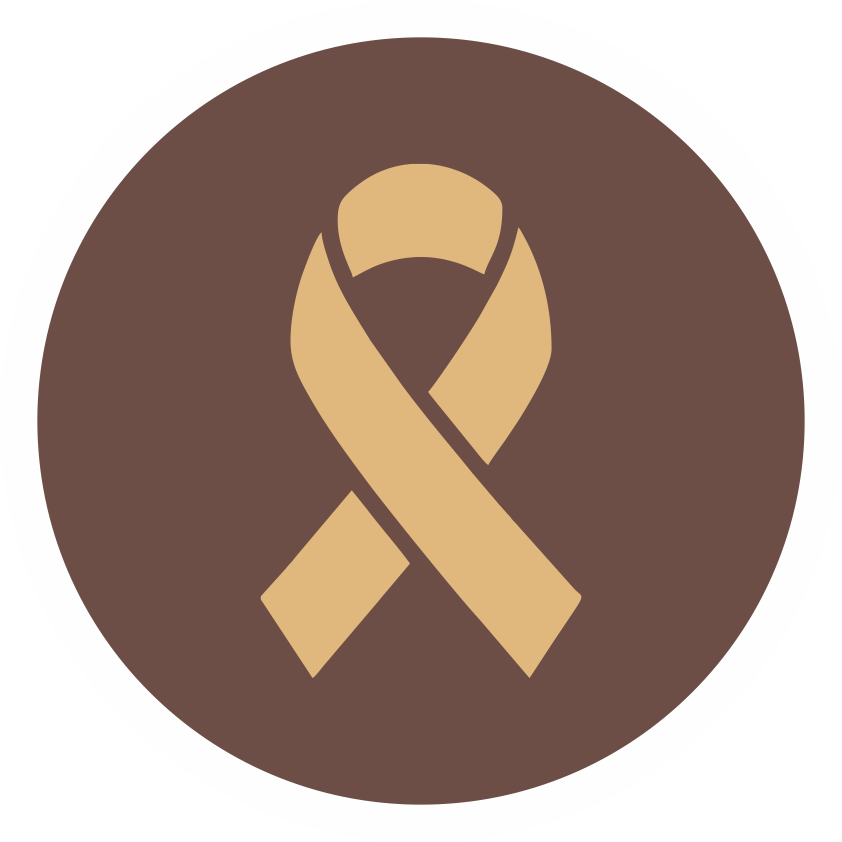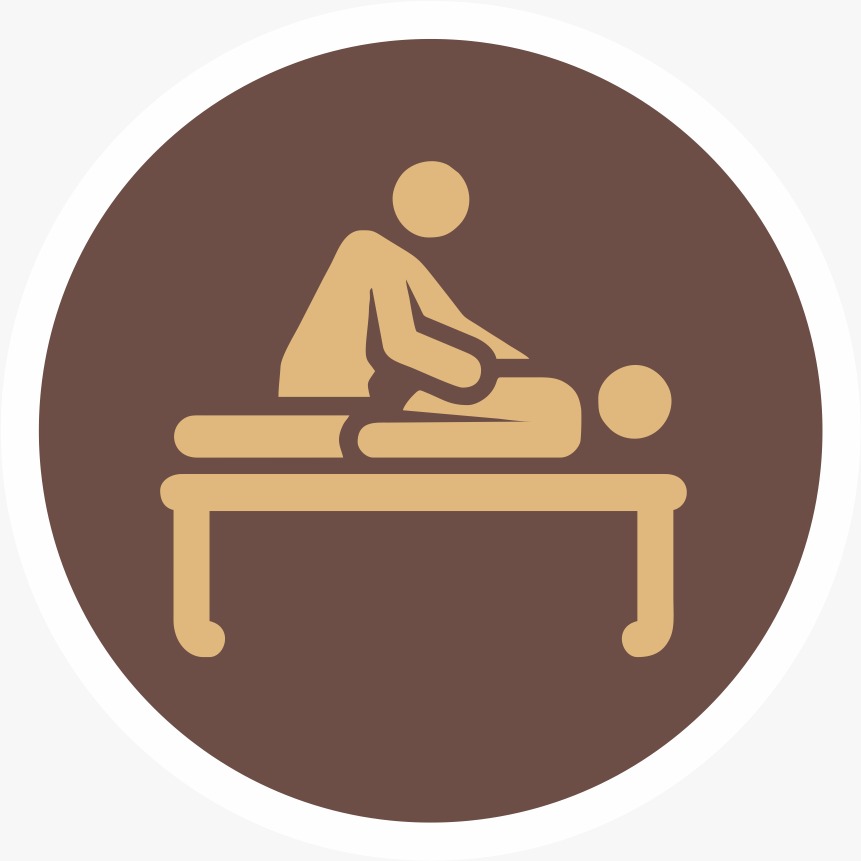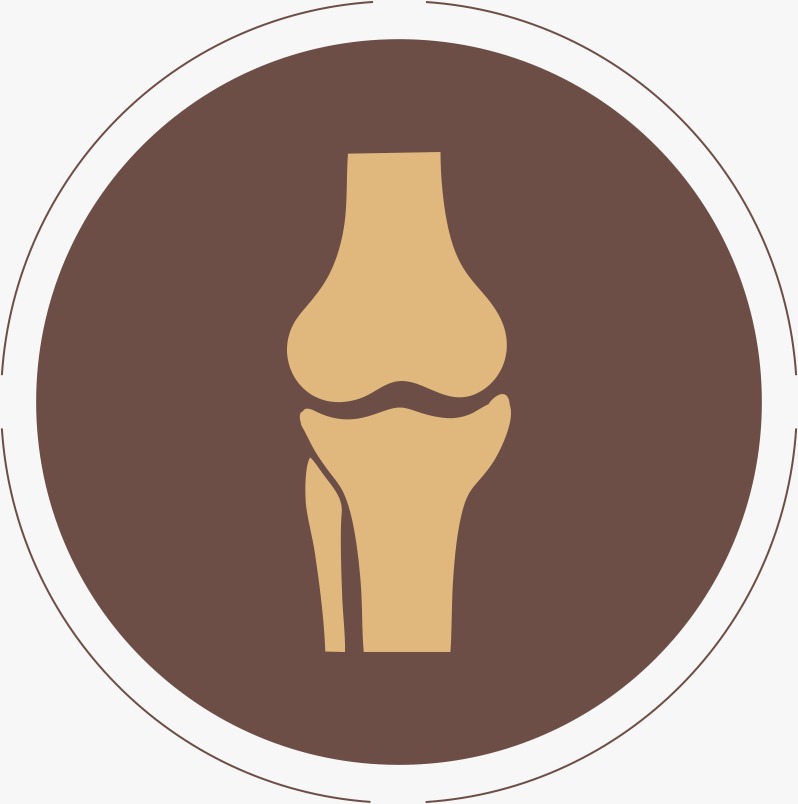- Our Doctors
- Our Specialities
Centres of Excellence
-
 Centre for Blood Diseases, BMT & Cancer Immunotherapy
Centre for Blood Diseases, BMT & Cancer Immunotherapy -
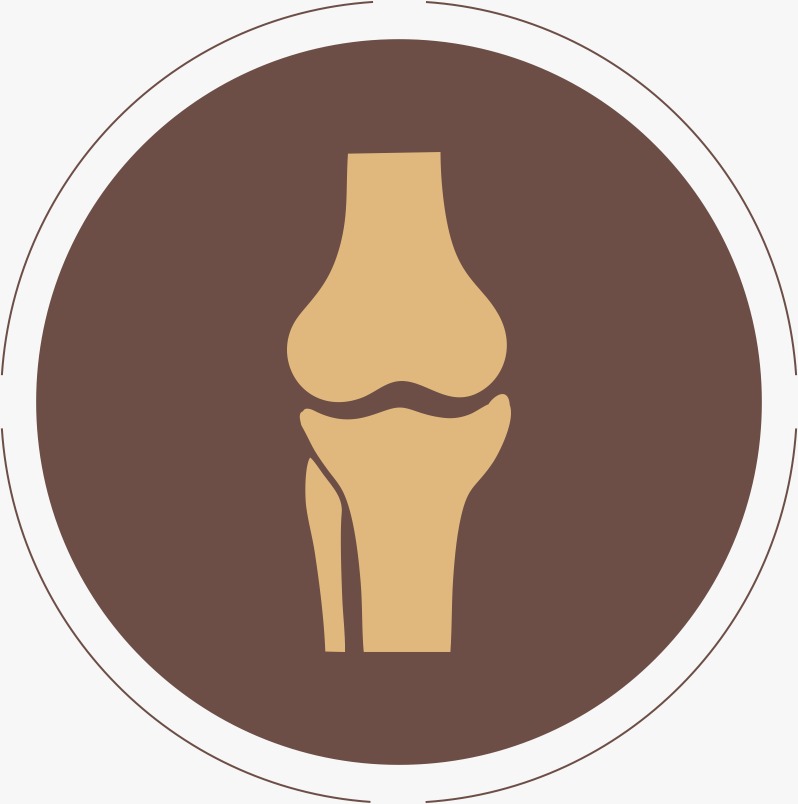 Centre for Bone, Joint & Spine
Centre for Bone, Joint & Spine -
 Centre for Critical Care Medicine and ECMO Services
Centre for Critical Care Medicine and ECMO Services -
 Centre for Gastrosciences
Centre for Gastrosciences -
 Centre for Heart & Vascular Care
Centre for Heart & Vascular Care -
 Centre for Nephro-Urosciences
Centre for Nephro-Urosciences -
 Centre for Neurosciences
Centre for Neurosciences -
 Centre for Obstetrics and Gynaecology
Centre for Obstetrics and Gynaecology -
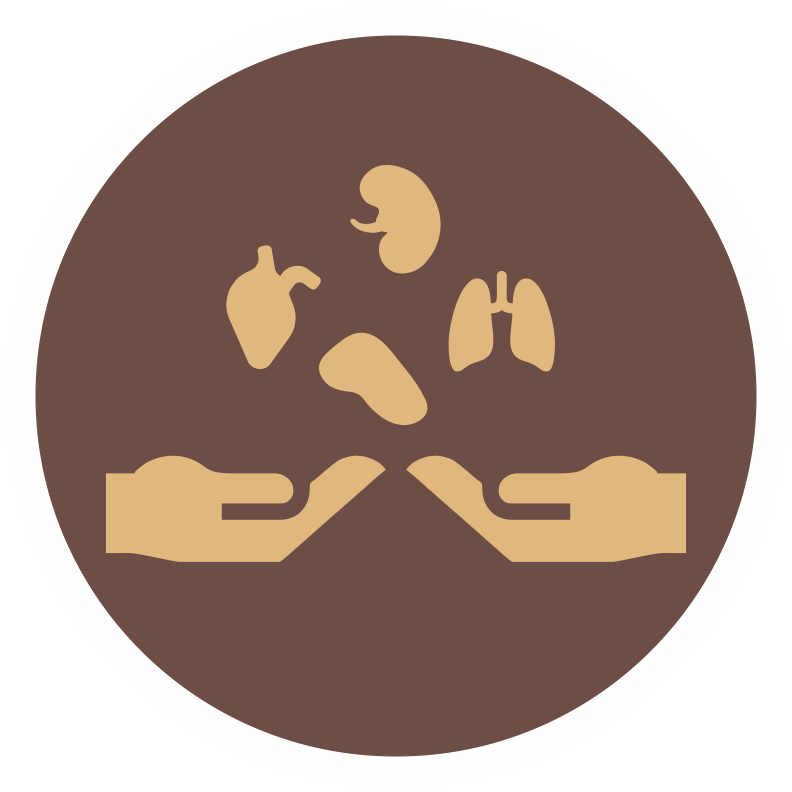 Centre for Organ Transplantation
Centre for Organ Transplantation
Super Speciality
-
 Advanced Diagnostic and Interventional Radiology
Advanced Diagnostic and Interventional Radiology -
 Anesthesiology & Pain Management
Anesthesiology & Pain Management -
 Clinical Nutrition and Dietetics
Clinical Nutrition and Dietetics -
 Dental and Maxillofacial Surgery
Dental and Maxillofacial Surgery -
 Dermatology
Dermatology -
 Emergency and Trauma
Emergency and Trauma -
 Endocrinology and Metabolic Disease
Endocrinology and Metabolic Disease -
 ENT and Head & Neck Surgery
ENT and Head & Neck Surgery -
 Family Medicine
Family Medicine -
 General and Laparoscopic Surgery
General and Laparoscopic Surgery -
 General Medicine
General Medicine -
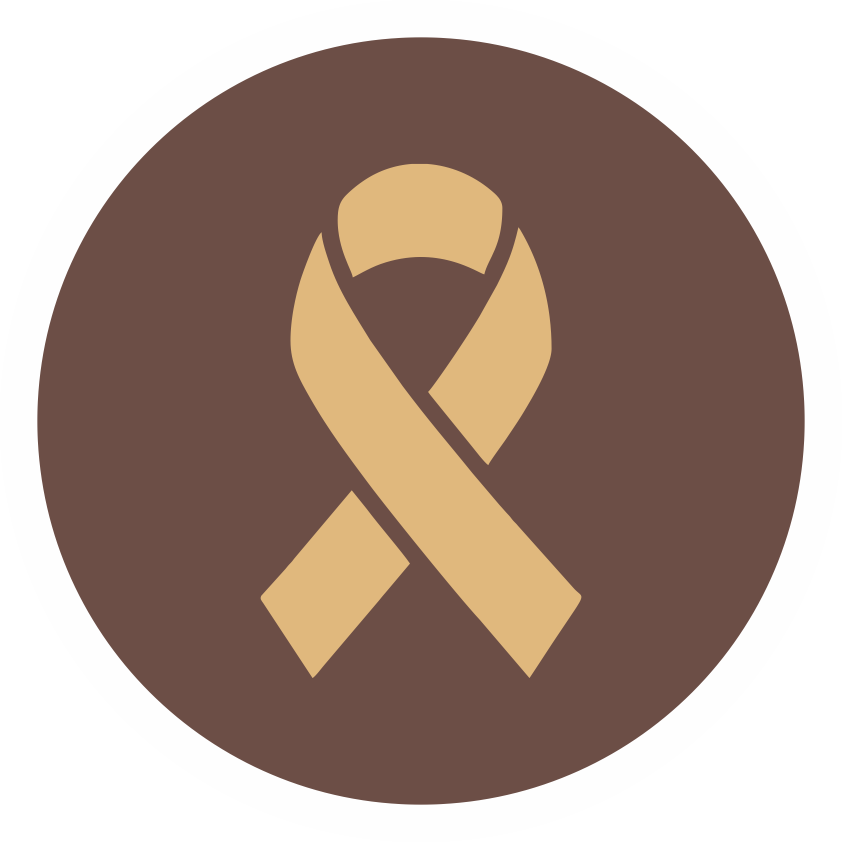 GI Onco Surgery
GI Onco Surgery -
 GI Oncology
GI Oncology -
 GI Surgery, Advanced Laparoscopy and Gastro Oncosurgery
GI Surgery, Advanced Laparoscopy and Gastro Oncosurgery
-
- Key Procedures
- Our Hospitals
- International Patient
- Contact us
-
Quick Links
Blogs

Cardiology Perspective: New Technologies in Diagnosis and Treatment
Technological innovations has created a revolution in the health care sector and changed the way how diseases are viewed and managed across the world.
How Technology Helps in Diagnosis and Treatment: a Cardiac Perspective
Technological innovations has created a revolution in the health care sector and changed the way how diseases are viewed and managed across the world. Cardiovascular science has advanced so far that the diagnosis and treatment has not only become simple but health information is available at the finger tips of both the health care provider and health care receiver. Starting from the age old tradition when teaching was limited to the patient bedside, we are living in the age of electronic gadgets and internet where diagnosis and treatment is possible anywhere in the world even from a pocket mobile. The global health care has been miniaturized as a result of these innovations. Cardiovascular medicine is undergoing radical changes day by day as a result of the vast amount of information and resources being channeled into the field across the globe. Important advances are being made in all areas starting from acute ischaemic syndromes to heart failure and end of life care.
The Evolution of Cardiovascular Science:
Before the advent of the stethoscope, heart sounds were heard by putting the ear to the chest wall of the subject. Then came the stethoscope, the main tool for the diagnosis of diseases related to the heart. It was invented in France in 1816 by René Laennec at the Necker-Enfants Malades Hospital in Paris. However its importance is coming down day by day all because of technological advancement. The first diagnostic coronary angiogram was performed by Dr. Mason Sones in 1958. This was followed by the first balloon angioplasty procedure on a coronary artery in Zurich, Switzerland, by Andreas Gruentzig, a German-born physician in 1977. Coronary artery bypass surgeries, valve replacement and heart transplants followed.In the 1980s most of the critical coronary artery disease was managed by coronary artery bypass surgeries (CABG). Now only 15% of the cases are managed by CABG for the same indication. Catheter based technologies have improved so much that even valve replacements are performed via catheter based routes ( TAVR) . Now we are living in an era where people walk with wearable gadgets and integrated systems that monitor, control and optimize the functions of the heart.
A Peep Into the World of Technology:
Advances in cardiovascular science can be stratified into 3 main areas:
- diagnostic technologies
- drug treatments
- interventions
The scenario has changed drastically from what was 50 years ago to the present day and we shall discuss how the management of heart diseases has evolved over the decades.
Diagnostic Technologies:
Since the late 1990s, imaging in cardiovascular field has evolved from routine coronary angiography to computerized tomography [CT], cardiac magnetic resonance, electron-beam computerized tomography [EBCT], and advanced echocardiography. Intravascular coronary imaging techniques like IVUS (intra vascular ultrasound) & OCT (optical coherence tomography) has created a revolution in the field of coronary angiography and angioplasty.Functional imaging techniques like Fractional flow reserve (FFR) has changed the way we manage atherosclerotic diseases.3 D electrophysiologic mapping techniques have in fact created a revolution the way rhythm disorders of the heart are managed and treated.
Now hand-held biosensors capable of detecting a wide range of diseases within minutes by analyzing a drop of blood, urine, saliva, or breath have been introduced. This is in fact a “lab on a chip” (a miniature chemical laboratory as small as 3 mm square also called micro-chip) that detects the presence ofparticular proteins or gene expressions as well as compares patterns of genes or proteins characteristic of particular disease states. Micro- chips also are capable of detecting single-nucleotide polymorphisms (SNPs), which are patterns of gene expressions which can predict heart diseases.
Drug Treatments:
The work of the Human Genome Project, in the early 2000s was a turning point in the history ofcardiovascular medicine and health care. The Genomic revolution has been able to provide individualized and personalized treatment and changed the health scenario drastically. The end result was this: genomics (thestudy of the genome), proteomics (the study of the fullcomplement of human proteins), bioinformatics (the methods of gathering and processing the above information) and systems biology (the study of how all of these processes work as a complex adaptive system). As a result, in cardiovascular medicine two vast fields were created: predictive diagnostics and pharmaceuticals. Pharmacogenomics encompasses all genes in the genome that may determine drug response.
Interventions:
The device therapies have continued their rapid improvements during the course of the last 30 years. Stents have evolved from bare metal stents to drug eluting stents to absorbable ones of late. The platforms have changed and can be placed as small as 2 mm coronary arteries. New materials have greatly reduced the incidence of re-stenosis. Catheters have become more maneuverable and smaller, affording interventionists awide range of capabilities, from the traditional angioplasty. Laser techniques encouraging the growth of new blood vessels, and the direct placement of new angiogenesis drugs are in the evolving phases.
Apart from this, smart phones, smart watches and a wide variety of gadgets have surfaced which accurately capture various biochemical and vital information without the need to draw blood as was the case before. We have pacemakers, AICDs and CRT devices which are MR compatible to those which automatically switch modes when a magnetic field is detected. Leadless pacemakers have been launched. Telemetric monitoring is increasingly been used to detect events and administer therapies as is routine in our institution.
Beating heart surgeries have become the talk of the day. Minimally invasive surgery and intervention techniques are now used for all routine heart surgeries. Sternotomy is now becoming rare and employed only in difficult cases or for full organ replacement procedures. Aortic aneurysms and dissections which were previously unmanageable and associated with high mortalities and morbidity has been simplified with the advent of various endovascular repair techniques.
Robotics has emerged as a tool for managing a wide variety of cardiovascular diseases. Tele robotics has made its advent in India of late and is leading the world stage. Replacement hearts (electro-mechanical and swine hearts) are going to be so common in the near future and we are expecting replacement coronaries constructed from bovine and swine collagenas well to be the talk of the day in the days to come. Neo-organs grown in the laboratory from the patient’s own cells are starting to capture headlines. Now we are living in a world of 3 D printing where bioprinting of cellular material for creating patient specific tissue engineered implants is performed. Researchers have been successful in growing thin sheets of heart muscle capable of sustaining a heartbeat to growing entire hearts, complete with vessels for carrying the blood supply. Nano – gadgets have now entered the arenas which are capable of delivering pharmaceuticals and capable of targeted therapy. Nanotechnology has also produced substances that mimic natural human tissue and responds to hormonal and nervous signals naturally.
The scope of technological innovations is increasing day by day and is continuously evolving. We would end this discussion with the following scenarios:
- Year 2000: Mr X aged 50, diabetic, with regular exercise and medications, walks into the laboratory for blood glucose monitoring- The technician puts a prick on his finger and on a hand held device takes a drop of blood. Comes back a few minutes later with a print of his result…
- Year 2030: Mr X is travelling in a jet plane and has a co-passenger by his side. He relentlessly talks with the co-passenger who is in the late 90s and finds that he as a transplanted swine heart.
- Year 2050: Mr X is 100 years of age and feels healthier than he was 50 years back. All because he has undergone a wholesale organ replacement and his ‘telomerase’ enzyme constantly renews, thanks to nano – technology which delivers the right pharmaceuticals to his cells. The ‘Hayflick’ limit does not bother him anymore and he is like the immortal Avenger Superhero for his grandchildren and great grandchildren. He is even thinking of travelling to Mars in a space jet, thanks to technology.
Latest Posts
-
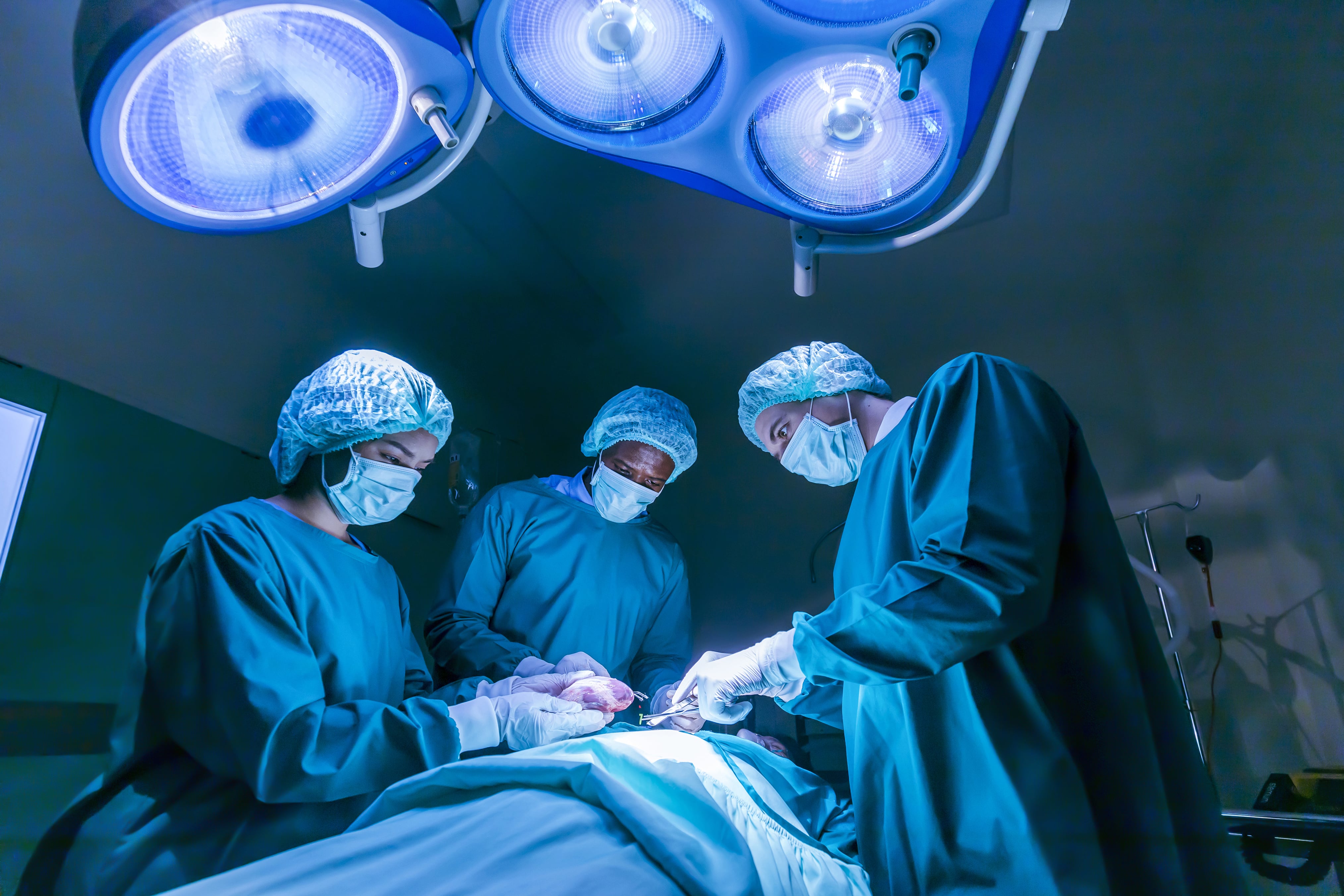 Awake Craniotomy Jul 12, 2022
Awake Craniotomy Jul 12, 2022 -
 Curing Constipation Jul 12, 2022
Curing Constipation Jul 12, 2022 -
 The ‘Gut Health’ Buzz Jul 12, 2022
The ‘Gut Health’ Buzz Jul 12, 2022 -
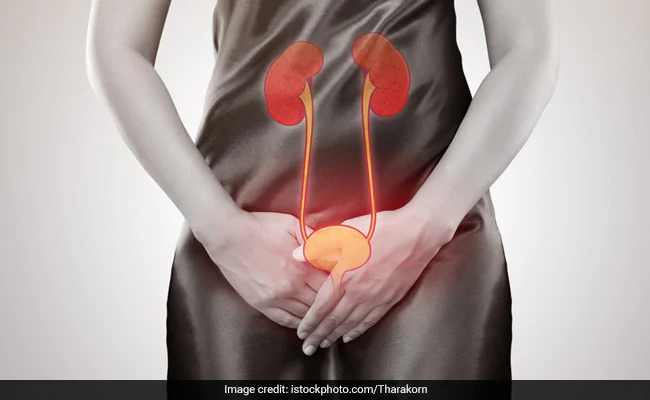 Tips to Prevent UTI Jul 12, 2022
Tips to Prevent UTI Jul 12, 2022
Categories
- Clinical Nutrition and Dietetics
- Endocrinology and Metabolic Disease
- General and Laparoscopic Surgery
- General Medicine
- Physical Medicine and Rehabilitation
- Psychiatry
- Centre for Heart & Vascular Care
- Centre for Bone, Joint & Spine
- Centre for Neurosciences
- Centre for Gastrosciences
- Centre for Nephro-Urosciences
- Centre for Blood Diseases, BMT & Cancer Immunotherapy
- Centre for Obstetrics and Gynaecology

 +91 9393 108 108
+91 9393 108 108


